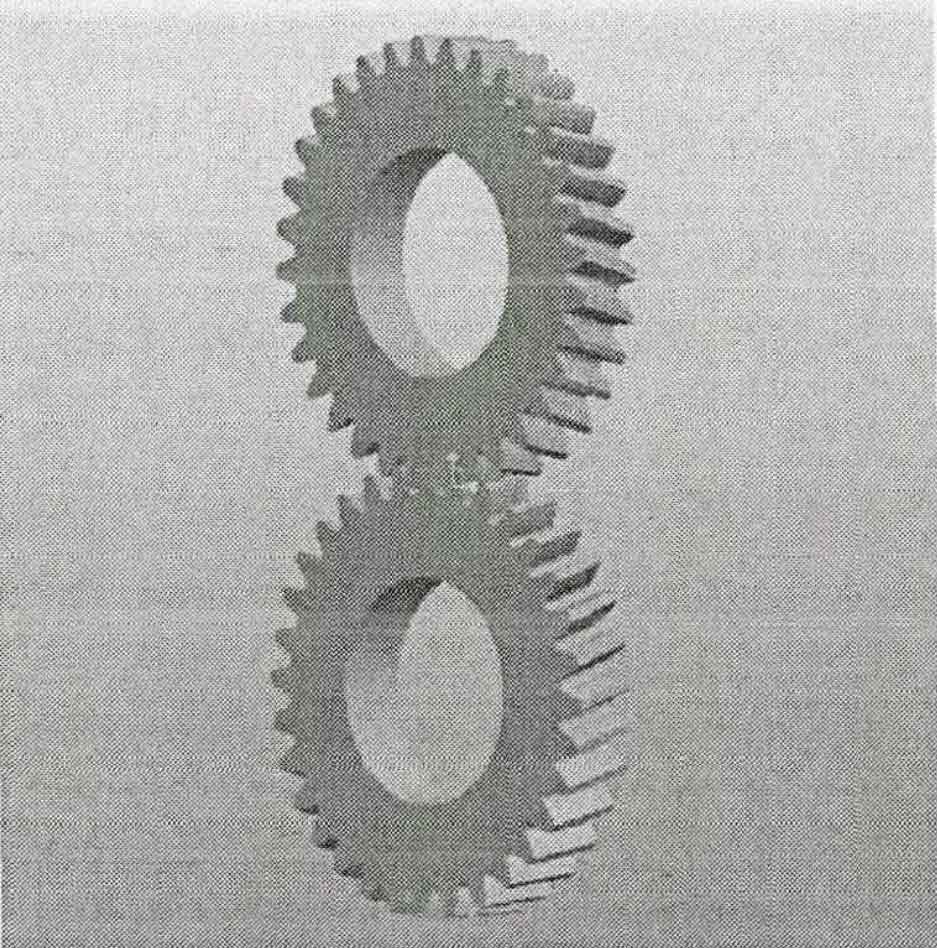Helical gear error and time-varying meshing stiffness and other parameter excitation have been considered as the main sources of helical gear vibration and noise. A large number of mathematical models to study the dynamic characteristics of helical gear transmission ignore the influence of tooth friction. In recent years, helical gear friction is gradually considered as a potential important excitation for studying the dynamic characteristics of helical gear transmission. In the nonlinear system of helical gear transmission, compared with the nonlinear factors of helical gear clearance and time-varying meshing stiffness, the dynamic influence behavior and mode of tooth friction are less understood and understood. Due to the direction change in the meshing process, the tooth friction will produce a large oscillation. The tooth friction can affect the dynamic characteristics of helical gear transmission in the way of excitation response and energy consumption, which makes the response frequency band wider and the dynamic behavior more complex.

The dynamic model of helical gear transmission is established considering the tooth surface friction. The dynamic equation of helical gear is solved by multi-scale method. The effects of system parameters and dynamic and static loads on the resonant frequency response of helical gear under internal excitation are analyzed.
The dynamic equation of helical gear is established under the condition of considering the tooth surface friction. The dynamic characteristics of the main frequency resonance response, the second-order super harmonic resonance response and the first/second-order sub harmonic resonance response are analyzed, and the following conclusions are obtained:
- The tooth friction can restrain the resonance amplitude, and the resonance frequency increases slightly. As the friction coefficient increases, the resonance amplitude decreases.
- Considering the tooth friction, the vibration response amplitude caused by static load is significantly lower than that without friction. With the decrease of the static load, the second-order superharmonic resonance reduces the vibration more obviously by the friction of the tooth surface, but the resonance frequency changes more when the static load is large than when there is no friction.
- The amplitude of vibration response caused by dynamic load when considering tooth friction has an obvious restraining effect compared with that when not considering tooth friction. The second-order super harmonic resonance decreases more obviously with the reduction of dynamic load.
- Under the action of tooth surface friction, the resonance amplitude caused by damping is significantly lower than that without friction, and the resonance frequency is slightly increased. The damping has little effect on the 1/2 order harmonic resonance when the tooth friction is considered.
